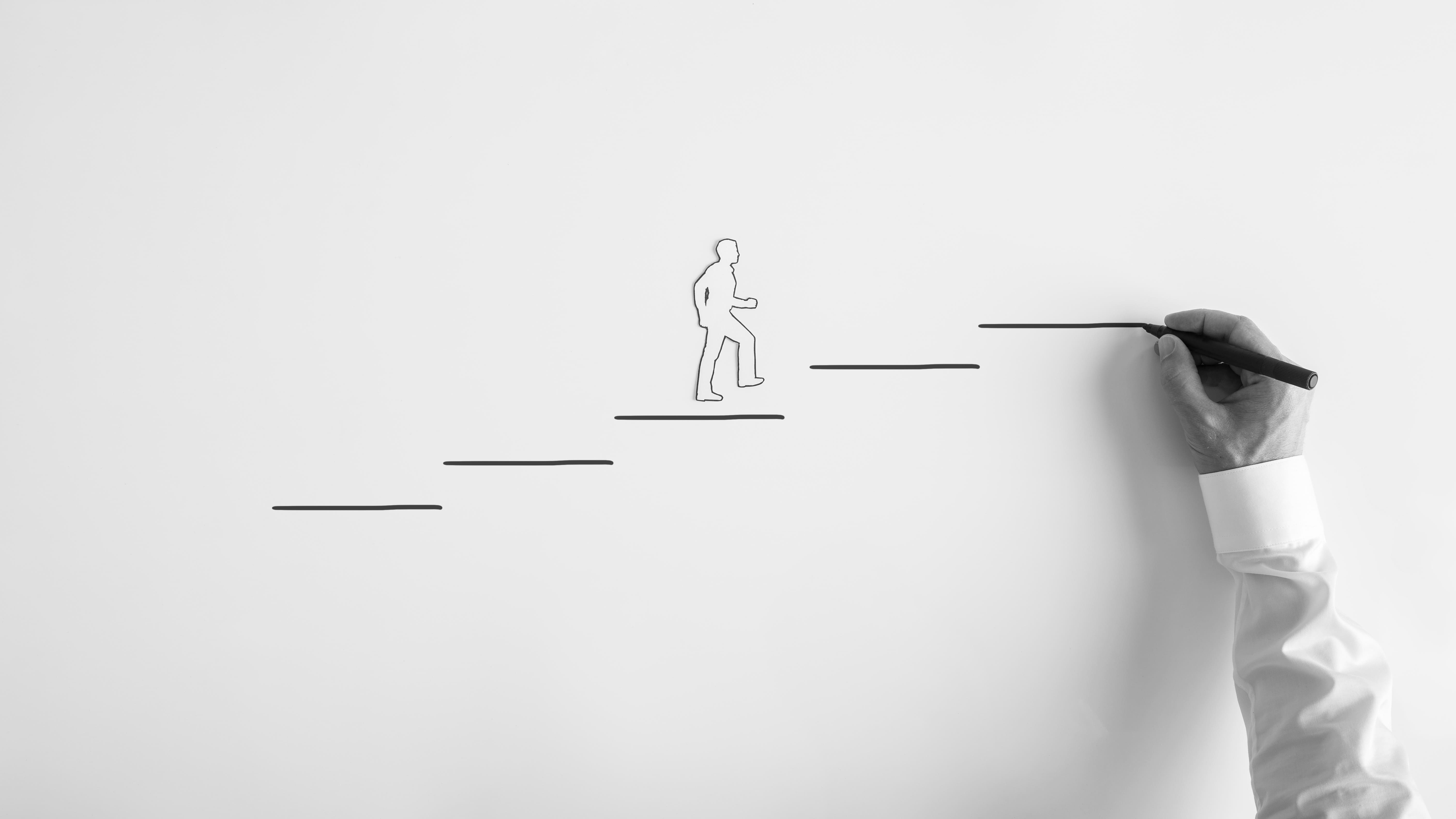---
Legal design is an essential tool for the lawyer
To comprehensively understand and address the complexity that today’s ecosystem poses, enhancing the power and quality of collective thinking across teams is a critical step. Embracing acceptance of diverse -sometimes even diverging- points of views, being more inclusive, and adapting each one’s role to the challenges ahead, is becoming ever more a necessity. Clearly, we, lawyers, are no exception. Thinking models, such as like Legal by design, offer a way to do so. In this article we’ll explore how.
Take home
Yet, something is changing. The value expectation from customers and consumers is becoming increasingly exigent and sophisticated
Full article
Lawyers and Collective intelligence: from siloed solutions to holistic problem-solving with Legal by design
As legal professionals we often struggle to be included at the early stages of an innovation project. The teams leading the creation of a new product or service, or a startup developing an idea, acknowledge that they will have to eventually resort to us in order to legally validate their project, or when a specific legal issue needs to be addressed. However, they tend to do so at best in the advanced phases, and at worst after ideating or having fully created a solution.
Whilst this approach is commonly accepted as standard, it triggers different issues. For example, lawyers will likely be unaware of the rationale, efforts, and daily decisions taken from the wider business perspective. We are disengaged from the rest of the team and will therefore have to address the solution as a silo, without having a full view or understanding of the implications and the needs prompted by the non-legal aspects of a problem. We ultimately end up suggesting legal, mono perspective paths to a business issue, providing counselling and legal inputs that could have been anticipated a lot sooner without causing ill-timed disruption to the team’s choices. We are pulled in when crucial decisions have already been made, having to flag gaps that could have been proactively foreseen.
The cost of this work methodology is considerable. Let’s just think about the additional development time required to implement the legal advice, as a result of not having required it in a timely manner, which often leads to the waste of the desired creativity. In these scenarios, risking to start all over again and spending more time to fix what doesn’t meet the compliance standards, becomes the habitual way of working. The loss of time, effort and opportunity -ultimately, money-is invaluable.
And more often than not, we are the ones likely leading to this situation.
 Photo: Freepik
Photo: Freepik
We are trained to be external advisors. From the onset of our educational path, we are taught to provide counselling and advice, maintaining distance from a legal issue so as to ensure impartiality and objectivity. Even a lawyer’s job description or posting, whether for an in-house or a law firm job, will often reflect this mindset. We are prepared to work with or for, but not as part of, the business team.
Whilst we have embraced this approach, accepting it as the natural way of carrying out our activity, this has inevitably, and perhaps unnecessarily, but for sure ineffectively, kept us away from the team’s moments of co-creation, creativity and collective thinking.
Yet, something is changing. The value expectation from customers and consumers is becoming increasingly exigent and sophisticated. The development of emerging technologies, like blockchain and AI, is triggering new and unprecedented dilemmas for which there is not yet a legal framework. The way users experience and interact with products and services, such as in the context of online shopping or remote working, is quickly evolving. Our planet is demanding for solutions that are at the same time sustainable, responsible and ethical.
In view of the new generation of products and services brought about by these emerging technologies, the creation and deployment processes must be updated to fulfil this evolved level of expectations. Whilst different business units and roles have already been developing a common language and synchronously working together, lawyers, too, need to take part in this transformation.
As future-proof lawyers, mastering methodologies such as agile and design thinking should be a must in order to effectively address business uncertainties and complexities, as well as to interact proactively with cross-functional teams that perform cohesively within their own timings and routines. We need to build solutions that are human-centred, that ought to be accessed and understood by final users rather than just, for instance, our peers or another company’s in-house counsels. So, for example, we should no longer draw up contracts that rely on another lawyer’s expertise to be understood, construed and subsequently translated to “human language”, nor should we remediate poor product and privacy design with lengthy Privacy Notices.
With this in mind, how can we “humanize” the tools and frameworks that we, lawyers, feel so at ease with? How can we simplify the language -aka legalese- and the processes we comfortably rely on as legal experts so that neither the business teams nor our final users, would need to resort to more technical or juridical expertise to understand, construe and handle the legal issues at stake?
Legal design is the solution that an ever-growing number of lawyers (myself included) are adopting. It is a methodology that focuses on solving legal problems creatively, with a human-centric approach. Empathy is at its core, hence helping us to accurately understand (not merely assume!) what our end users require, guiding us through the process of designing solutions that respond to such needs. The starting point is thus understanding and agreeing on how and why the final product or service we intend to create will be used. To achieve such comprehension and consensus we must abandon disconnected and silo-focused approaches within teams, directing our collective thinking at delivering true value for final users.
Conclusion
Just like agile, Legal design is easier to understand than to put into practice. Consequently, I decided to create the Legal by Design Framework, a working tool meant to guide teams in their collaboration and discussion journeys, helping them build and share a common language. You can find it here. It is a tool that everyone can use, tune and adapt to different realities and environments in order to enable both customer centricity and simplicity.
Comments
Related links
Main menu












